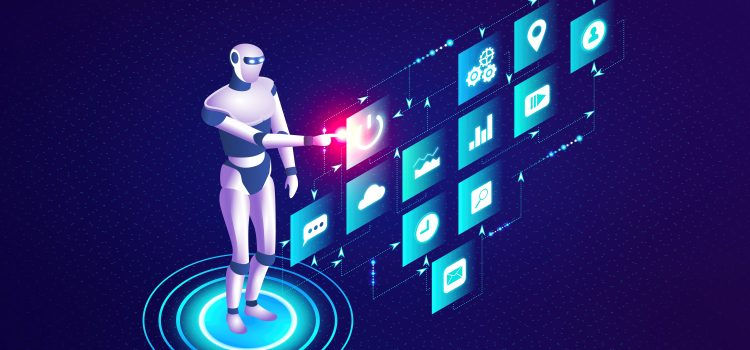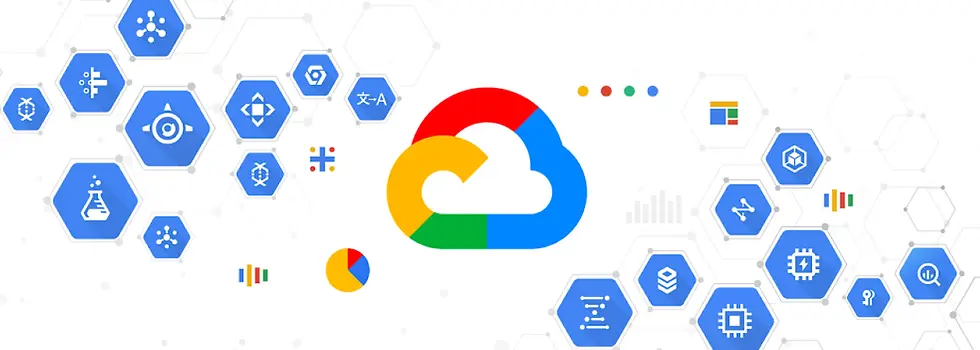Build Scalable ML Pipelines: Hire Engineers Who Know Production-Level AI
- Muhammad Hassan
- Apr 9
- 4 min read

As machine learning (ML) continues to reshape industries, the pressure to turn data into actionable, real-time insights has intensified. But building successful ML systems is more than just training models — it's about developing scalable, production-level ML pipelines that can integrate with real-world applications. To meet this challenge, businesses must hire machine learning engineers who not only understand data science but also excel at deploying and maintaining ML models at scale. Partnering with a dedicated development team that specializes in ML can further streamline this process.
Why Scalable ML Pipelines Matter

In the early stages of AI experimentation, it's common to work in isolated notebooks and test models on limited datasets. However, taking a model from prototype to production involves numerous steps — data ingestion, preprocessing, model training, validation, deployment, and monitoring. This entire workflow must be reliable, scalable, and automated.
Scalable ML pipelines allow you to:
Automate repetitive tasks and reduce manual effort
Process large volumes of data efficiently
Ensure reproducibility and traceability of models
Enable real-time or batch inference in production
Monitor performance and trigger model retraining when needed
To design these systems, you need engineers who understand the full ML lifecycle — not just the theory, but the architecture, tools, and infrastructure that power real-world solutions. That’s why it’s critical to hire machine learning engineers with experience in production-grade AI systems.
Core Elements of a Scalable ML Pipeline

Before hiring your AI team, it’s important to understand what goes into a robust ML pipeline. Here are the key components:
1. Data Engineering and Ingestion
A production-grade pipeline starts with reliable and scalable data ingestion. This means integrating various data sources, cleaning raw input, and storing it in a structured format using tools like Apache Kafka, Airflow, or AWS Glue.
2. Feature Engineering and Storage
Feature pipelines convert raw data into inputs that ML models can understand. This includes normalization, encoding, or dimensionality reduction. Storing these features in a shared repository ensures consistency between training and inference.
3. Model Training and Experimentation
Your ML engineers should use tools like MLflow, TensorBoard, or Weights & Biases to track experiments, versions, and parameters. Frameworks like TensorFlow, PyTorch, or Scikit-learn are often used in model development.
4. Model Deployment and Serving
Deploying a model for real-time or batch predictions involves containerization (Docker), orchestration (Kubernetes), and serving frameworks like TensorFlow Serving or TorchServe.
5. Monitoring and Retraining
Once deployed, ML models must be continuously monitored for performance drift. Production-ready systems often include retraining triggers and feedback loops, using tools like Prometheus or SageMaker Model Monitor.
To implement this architecture seamlessly, you need to hire machine learning engineers who understand both ML theory and DevOps practices.
The Advantage of Hiring Engineers with Production-Level Expertise

Many data scientists can build models that work well in controlled environments. However, production AI is a different ballgame. When you hire machine learning engineers, prioritize those with experience in:
Working with big data technologies (Spark, Hadoop)
Automating pipelines with CI/CD practices
Model versioning, rollback, and deployment
Optimizing inference latency and throughput
Handling edge cases, outliers, and data drift
Production-level ML is where software engineering meets data science. That’s why having a skilled dedicated development team with cross-functional expertise can make or break your AI project.
Why You Need a Dedicated Development Team for ML Projects

While individual engineers bring valuable skill sets, a well-rounded dedicated development team is essential for scaling machine learning projects effectively. Here’s why:
1. Cross-Functional Expertise
A complete team includes data engineers, ML specialists, backend developers, DevOps professionals, and QA testers. Together, they can manage the end-to-end ML lifecycle — from data ingestion to post-deployment monitoring.
2. Faster Development Cycles
With clearly defined roles, a dedicated development team can build, test, and iterate ML pipelines much faster. This enables quicker MVP development and reduces time-to-market.
3. Scalable Infrastructure
Managing cloud resources, setting up MLOps pipelines, and scaling inference services require cloud-native skills. Your team must be fluent in platforms like AWS, GCP, or Azure.
4. Custom AI Solutions
Not every use case is solved with off-the-shelf models. A dedicated team can design custom IoT solutions, recommendation engines, predictive maintenance systems, or fraud detection platforms tailored to your business.
5. Ongoing Support and Maintenance
ML models degrade over time due to changing data patterns. A reliable team ensures your systems are monitored and retrained regularly to maintain high performance.
Use Cases That Demand Scalable ML Pipelines

Many real-world applications require complex, scalable ML systems. Here are a few examples where a well-structured pipeline makes all the difference:
Smart Manufacturing
Integrating AI into industrial environments involves processing data from sensors and machines. A dedicated development team can build custom IoT solutions that connect ML with IoT devices for predictive maintenance and real-time fault detection.
Fintech and Fraud Detection
High-frequency transaction data requires real-time analysis. ML pipelines in this space must deliver ultra-low latency predictions while constantly retraining models to adapt to evolving fraud patterns.
Healthcare and Diagnostics
From image analysis to predictive risk modeling, healthcare apps require not just accuracy but also transparency and compliance. Scalable ML pipelines ensure patient data is processed securely and reliably.
E-commerce Recommendations
Recommendation engines must process behavioral data and update frequently. Scalable pipelines allow real-time updates, A/B testing of models, and continuous improvement based on customer interactions.
Best Practices for Hiring the Right ML Engineers
To build an effective AI team, follow these hiring practices:
Look for experience in both research and engineering
Validate familiarity with MLOps tools and cloud platforms
Prioritize collaboration and communication skills
Ask about previous experience with scaling AI systems
Ensure cultural and workflow alignment if working with an offshore or dedicated development team
When you hire machine learning engineers, don’t just assess their ability to build models — assess their ability to ship and maintain them.
Final Thoughts
AI can deliver tremendous value, but only if it’s built with the right foundation. Scalable ML pipelines are key to turning isolated models into business-ready applications. To build such systems, businesses need to hire machine learning engineers with production-level experience and surround them with a dedicated development team that can execute across the stack. Together, they can develop robust, scalable, and intelligent solutions — from advanced analytics to custom IoT solutions that transform industries.





Comments